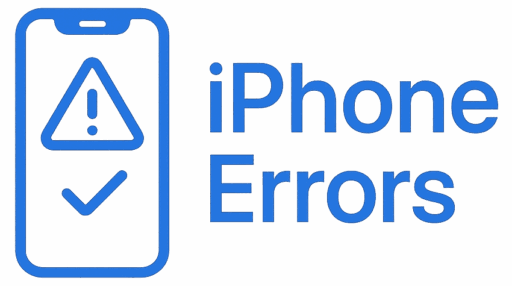When upgrading to a new iPhone, one of the biggest questions users face is: Do I need Wi-Fi to transfer data if I’m not using iCloud? Apple offers multiple ways to move your apps, photos, contacts, and settings to a new device. Some methods rely on Wi-Fi and iCloud, while others use direct device-to-device transfer, iTunes/Finder, or third-party tools.
In this guide, we’ll break down whether Wi-Fi is essential, explore alternative methods, and show you exactly how to transfer iPhone data without relying on iCloud.
⚠️ Note: If you encounter persistent issues during the transfer, or your iPhone shows unusual errors, it’s best to seek help from Apple Support or a certified technician.
Do You Need Wi-Fi to Transfer iPhone Data?
The short answer: No, you don’t always need Wi-Fi.
Here’s a breakdown:
- iCloud Backup & Restore → Requires Wi-Fi
- Quick Start (Device-to-Device) → Requires Wi-Fi & Bluetooth
- iTunes/Finder Transfer → No Wi-Fi required (uses cable/USB)
- Third-Party Tools (like AnyTrans, iMazing) → No Wi-Fi required
So, while Wi-Fi is needed for iCloud transfers, there are plenty of other offline options.
Methods to Transfer iPhone Data Without iCloud
1. Using iTunes or Finder (Mac & PC)
One of the most reliable ways:
- Connect your old iPhone to a computer.
- Open iTunes (Windows/macOS Mojave or earlier) or Finder (macOS Catalina and later).
- Select your iPhone → Click Back Up Now.
- After the backup is complete, connect your new iPhone.
- Choose Restore Backup to transfer all data.
✅ Pros: No internet required, fast transfer.
❌ Cons: Requires computer & cable.
2. Quick Start (Device-to-Device Transfer)
Apple’s built-in feature uses both Wi-Fi and Bluetooth:
- Place your new iPhone next to the old one.
- When the Quick Start screen appears, use your Apple ID to set up.
- Choose Transfer from iPhone.
- Keep devices close until transfer completes.
✅ Pros: Simple, no computer required.
❌ Cons: Needs Wi-Fi, can be slow if you have a lot of data.
3. Third-Party Transfer Tools
Apps like iMazing or AnyTrans let you transfer without Wi-Fi or iCloud.
- Install software on your computer.
- Connect your iPhone with a USB cable.
- Select Backup & Transfer to new device.
✅ Pros: Flexible, no iCloud or Wi-Fi needed.
❌ Cons: Some tools are paid.
4. SIM Card & Manual Transfer
For contacts only, you can:
- Save contacts to your SIM card.
- Insert SIM into the new iPhone.
- Import contacts via Settings.
✅ Pros: No Wi-Fi, no iCloud.
❌ Cons: Only transfers contacts.
Common Problems & Fixes
- Transfer Stuck or Taking Too Long → Restart both devices, ensure cables are working.
- Backup Not Restoring → Check iOS version compatibility; update both devices.
- Contacts or Photos Missing → Verify settings in iTunes/Finder, or re-sync with third-party tools.
Prevention & Best Practices
- Always update to the latest iOS before transferring.
- Use encrypted backups in iTunes/Finder to include passwords and Health data.
- Keep your iPhone charged (or plugged in) during transfer.
- Do a test backup to verify everything is stored correctly.
FAQs
1. Can I transfer iPhone data without Wi-Fi?
Yes, by using iTunes, Finder, or third-party tools with a cable.
2. Is Quick Start possible without Wi-Fi?
No, Quick Start requires Wi-Fi and Bluetooth.
3. Can I move photos without iCloud?
Yes, by using iTunes/Finder, AirDrop, or a third-party app.
4. What if my new iPhone has a newer iOS?
Update your old iPhone first, then retry the transfer.
5. Is it safe to use third-party tools?
Yes, if you use trusted apps like iMazing. Always download from official websites.
Internal Links
- Pillar Article: How to Transfer iPhone to iPhone Without iCloud (2025 Complete Guide)
- Explore Category: Setup & Access
Conclusion
You don’t always need Wi-Fi to transfer iPhone data. While iCloud and Quick Start rely on it, using iTunes, Finder, or third-party tools lets you move data offline quickly and securely. Choose the method that works best for your situation, and always keep backups for peace of mind.
👉 Setup & Access Category
Stay in control of your iPhone setup.
Explore our Setup & Access Guides to discover more tips on transferring data, managing backups, and troubleshooting setup errors.


Leave a Reply